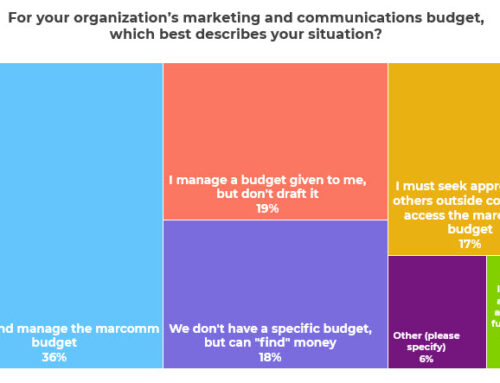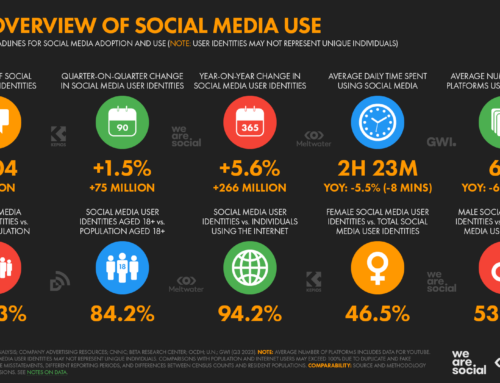 Tomorrow I’m presenting a brand new webinar on How to Integrate Your Website, Email Newsletter, and Social Media Sites. It was the #1 requested topic in last fall’s survey of what you wanted to see on the weekly webinar series schedule.
Tomorrow I’m presenting a brand new webinar on How to Integrate Your Website, Email Newsletter, and Social Media Sites. It was the #1 requested topic in last fall’s survey of what you wanted to see on the weekly webinar series schedule.
I have to admit, it’s a rather ambitious topic for one hour. I’m in the middle of the PowerPoint deck now trying to find the sweet spot between giving you enough information to really make a difference in your online marketing strategy and giving you too many to-do list items that you run screaming from the whole idea of integration.
Here’s the framework I’m using right now. Please share any comments you have as I’m sure I’ll be playing around with this until sometime tomorrow morning! For those of you attending, I promise to have the handout available an hour before the webinar (but probably not much sooner!)
You can integrate your online marketing in three steps:
(1) Connecting
Make sure everything links to everything else. Do that by putting links into web and e-news templates, email signatures, and social media profiles. Use social media icons (search “free social media icon set” for tons of them) to make these links more obvious. If your e-news provider offers it, use the social media sharing links at the bottom of your e-newsletters (otherwise add your own).
Consider whether auto-updating makes sense. You can connect your blog, Facebook, Twitter, etc. to update each other. Think about whether and how that makes sense given the type of content you share, how often, and with whom.
Ensure basic branding is in place. Your website, blog, e-news, and social media sites don’t need to be 100% identical, but it should be crystal clear that they are all produced by the same people.
(2) Strengthening
Think holistically about your online content creation. Integrate what you put out there by using an editorial calendar, while at the same time, recognizing which channel is best for what (e.g. email good for clear calls to action; social media good for awareness). Don’t think of your website as something entirely different from your e-news, or your e-news as entirely different from your Twitter feed. Figure out what you want to communicate, and spread that across the channels in a way that makes sense.
Think about the paths. Think about how you want people to travel from channel to channel, and what they will see at each stop along the way. For example, if your e-news links to your website, what’s on that landing page? Does that landing page urge visitors to discuss the topic on Facebook or Twitter? If someone starts on Facebook, how are you encouraging them to sign-up for your e-newsletter? Again, it goes back to understanding how to get the most out of each channel.
Encourage multiple connections. Many of your fans will connect with you in multiple ways without being asked (e.g. they will subscribe to your e-news, blog feed and Twitter stream), but others will need some prodding. Connecting with people in multiple ways increases the odds that your messages will actually get through to them. You may need to offer some incentives (e.g. people on the email list get certain benefits, or get them first).
(3) Reinforcing
Learn from your metrics. Watch what’s happening along the paths that connect your online channels. Where are people coming from and where are they going? Are certain types of your supporters more likely to use one channel or another? What content produces the most interaction (e.g. clicks, comments, forwards, shares) in which channels?
Listen to the conversation, and bring in back into your content. You’ll learn a great deal from the conversation in social media that you can use to inspire and inform you e-news and web content. For example, a conversation on Twitter can transform into a new update you send out via your e-newsletter. Blog comments can direct updates to other parts of your website.
Make sense? What’s most important? What’s missing? Please share your thoughts in the comments and I’ll see you on the webinar!





